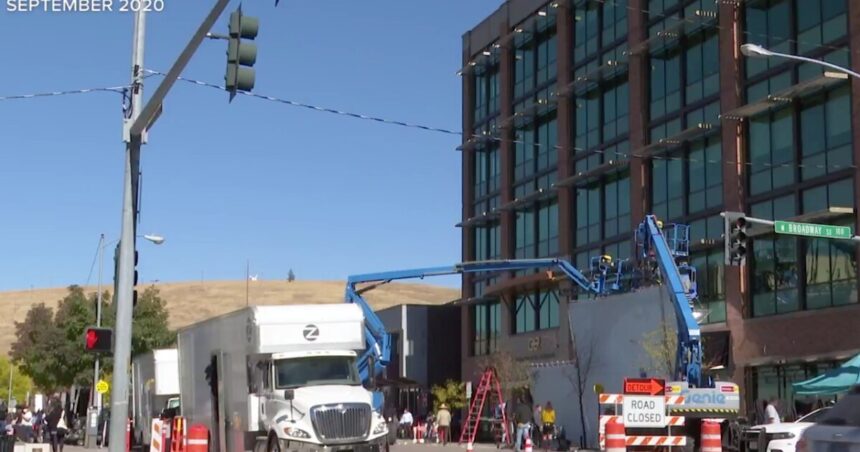Film and TV companies spent $334 million in Montana over the past two years, according to data shared with state legislators on Monday.
Television, particularly the production of the “Yellowstone” franchise, was the primary contributor, with $275.7 million spent between July 2022 and May 2024, as reported by the Daily Montanan.
“These are obviously significant figures,” said Gina Lavery, of Econsult Solutions, Inc., a state-hired analyst. “These numbers are essentially double what we saw in the previous cycle, largely due to the numerous major television series filmed here.”
Approximately $60 million went to payroll for Montana workers. Over the two-year period, film and TV activities directly created 510 full-time jobs in Montana, with an additional 810 jobs indirectly created.
An additional $90.4 million was spent locally on production, with the largest portion, $184 million, going towards Hollywood talent.
Over the two years leading up to May, 37 counties in Montana had some involvement with the 167 productions in the state. Independent films were a distant second to TV programming, with $35.3 million in economic activity.
Lavery presented her findings to the Legislative Interim Revenue Committee, which was particularly interested in whether Montana’s $24 million film tax credit program was attracting business.
“Even without the tax credit, there would still be film production here. So it’s not just about $24 million worth of credits compared to the 22-point something of benefits,” noted Sen. Paul Fielder, a Republican from Thompson Falls. “I believe we would still receive economic benefits even without a tax credit, just likely at a reduced level.”
The tax credits, introduced during the 2019 Legislature and available for productions through 2029, offer various incentives including a 25% tax credit for hiring Montana crew members, 15% for non-resident crew, and 30% for Montana university students working for college credit. Actors, directors, and writers are eligible for a 20% tax benefit.
There have been speculations about filmmakers leaving Montana once the state’s film credits were depleted. Lynn-Woods mentioned that the production of “1923,” the “Yellowstone” prequel with Helen Mirren and Harrison Ford, probably moved from Butte to Texas as Montana’s incentives ran out and Texas provided a better deal.
“While I cannot speak for the production directly since I’m not involved, it would have likely been more convenient for them to stay in Butte to complete that portion,” Wood-Fields stated. “It is largely a result of our tax incentives since we have completely utilized them, leaving no assurance for them.”
In Montana, tax credits are only issued once producers provide receipts for their expenses, but the availability for new projects is based on estimations. The total net state revenue loss due to tax credits is estimated at $6.2 million.





